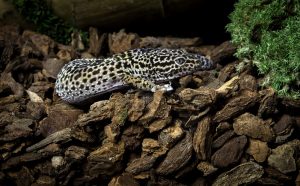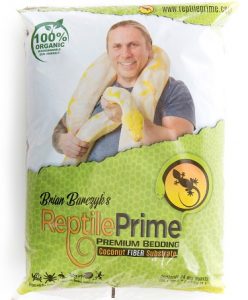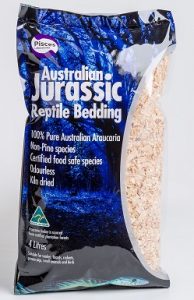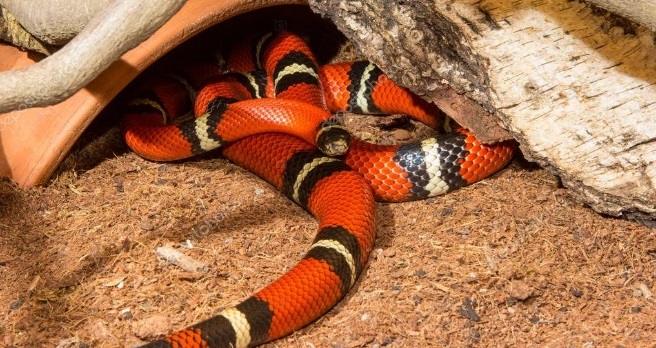Bottom’s Up
Pet Age Staff //February 4, 2019//
Every part of a pet’s environment and habitat plays a role in their health, including the floor. Although it may be not seem like much, the substrate in a reptile’s terrarium helps control odor and temperature. It also gives reptiles a surface that feels much like nature.
That replication of the creature’s natural environment is why most reptile substrates are comprised of materials that are commonly found in the wild, including plants, wood shavings or compressed wood fibers, compressed recycled paper fibers, processed plant fibers or clay.
However, when a pet owner is looking for ground cover for a beloved reptile’s terrarium, it is important to know what substrates work best for each herp. For example, a smaller and finer substrate material may get in the eyes of lizards, causing irritation, injury or infection. Or if the substrate materials are sharp, it could scratch the protective covering of snake’s eyes, thus potentially leading to serious injury or infection.
It’s vital for retailers to be educated on the types of substrates available so they can help guide customers to the best product for their pet. To ensure a healthy herp, understand that the most convenient substrate may not be the best substrate for that species.
And while naturalistic habitats may look natural and pleasing, they lack the decomposers and microorganisms that work to break down and recycle the plant and animal wastes in the wild. So it’s crucial for consumers to be aware of the proper cleaning processes of the different substrates for their herp’s terrarium. This will prevent any infections and keep reptiles clean.
Manufacturers, retailers and consumers alike benefit from being up-to-date on all substrate products for each herp. These products feature natural materials, nutritional benefits and variety that caters to each specific reptile’s needs. Herps can indulge in the comforts that remind them of their natural habitats and consumers can rest easy knowing their reptile is getting a product that improves their quality of life. Because even the smallest details of a herp terrarium require the utmost attention for a space that is appealing to look at and has products that make reptiles happy and healthy.
 Galapagos Natural Fir Bark Bedding
Galapagos Natural Fir Bark Bedding
Galapagos Jurassic Fir Bark is for humidity-loving reptiles. Our bedding is made from 100 percent Douglas fir bark. We use a smaller bark size to facilitate feeding, crawling, and slithering. It is a perfect substrate for basilisks, tomato frogs, milk snakes, iguanas, Russian tortoises and similar species.
 Reptile Prime Coconut Fiber Substrate
Reptile Prime Coconut Fiber Substrate
Reptile Prime Coconut Fiber Substrate is an eco-friendly product made from the husks of coconuts and can be safely composted or recycled into potted plants or gardens. It’s an optimal substrate for terrarium set-ups incorporating reptiles, amphibians or inverts. It can be used with tropical species or desert dwelling pets.
 Pisces Australian Jurassic Bedding
Pisces Australian Jurassic Bedding
This bedding solution is made from 100 percent pure Australian Araucaria. A lightweight bedding, this bark is ideal for reptiles that enjoy burrowing. The bedding is kiln dried, odorless and naturally mold resistant.



















